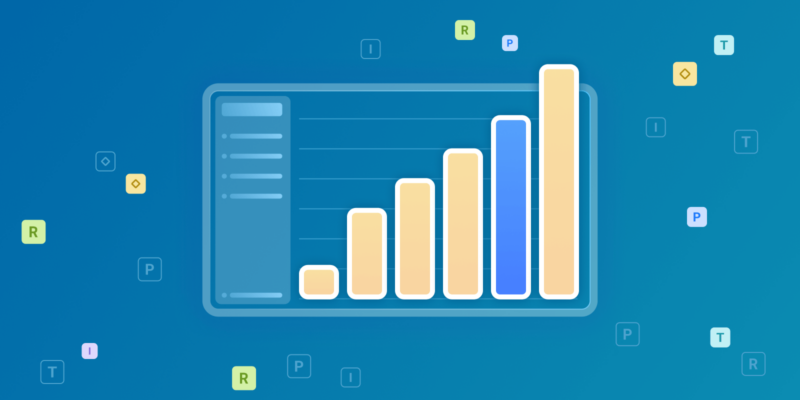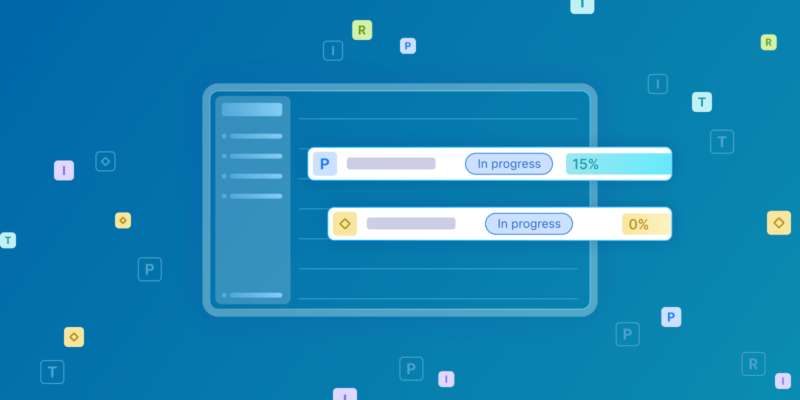Of all the different types of project management methodologies, waterfall project management is one of the oldest and most widely used. It‘s a linear process that defines a sequence of phases to follow, each one to be completed before moving on to the next. Waterfall project management has appeared in almost every industry, from construction and engineering to software and media production.
Project managers can and have created their own variations of the waterfall methodology that best fits their unique situations, some of which have become pretty popular in their own right. But most of these spin-offs still contain the six basic phases of waterfall project management:
1. Requirements Specification
This phase investigates and analyses the business‘ needs and recommends a solution. Any plan brought forward will have to be reviewed by the stakeholders, the project manager, and the project sponsor. Once the needs are determined, the project manager will give options to meet those needs.
2. Design
The design phase solidifies and documents the options chosen in the first phase. This is called a “design document”. It lays out everything that will be needed to bring the project to life: technical specifications, procedures and processes, testing criteria, and success metrics.
3. Implementation
Now the project manager and his team will execute the design document. They will attempt to adhere to the specifications, procedures, and timelines laid out in the early phases. Complex projects may even make use of an additional waterfall sequence to execute sections of the project.
4. Testing
The testing phase checks the deliverable against the standards and metrics determined by the sta keholders and documented in the design document. If the project fails the quality check, the team may be required to go back to the implementation phase for further rework.
5. Installation
Once a project passes the testing phase it is ready to be released to the end-user. Ideally, the product should be fully operational and meet the standards for success as defined by the design document.
6. Maintenance
Many projects still persist even after the installation phase. Project teams go into support mode (or have a separate support team) so they can assist end-users should any malfunctions occur. Products that require regular updates or upgrades will also be covered under the maintenance phase.



